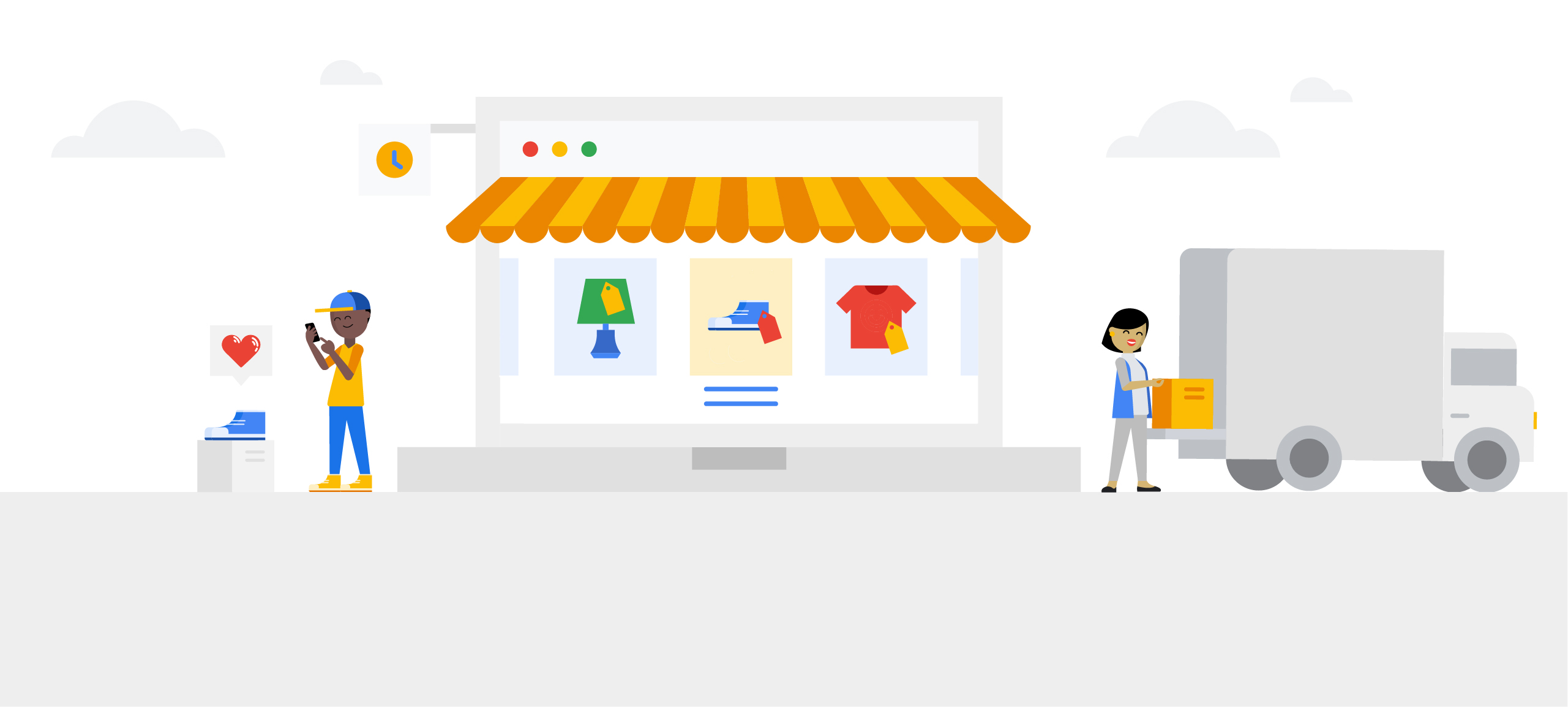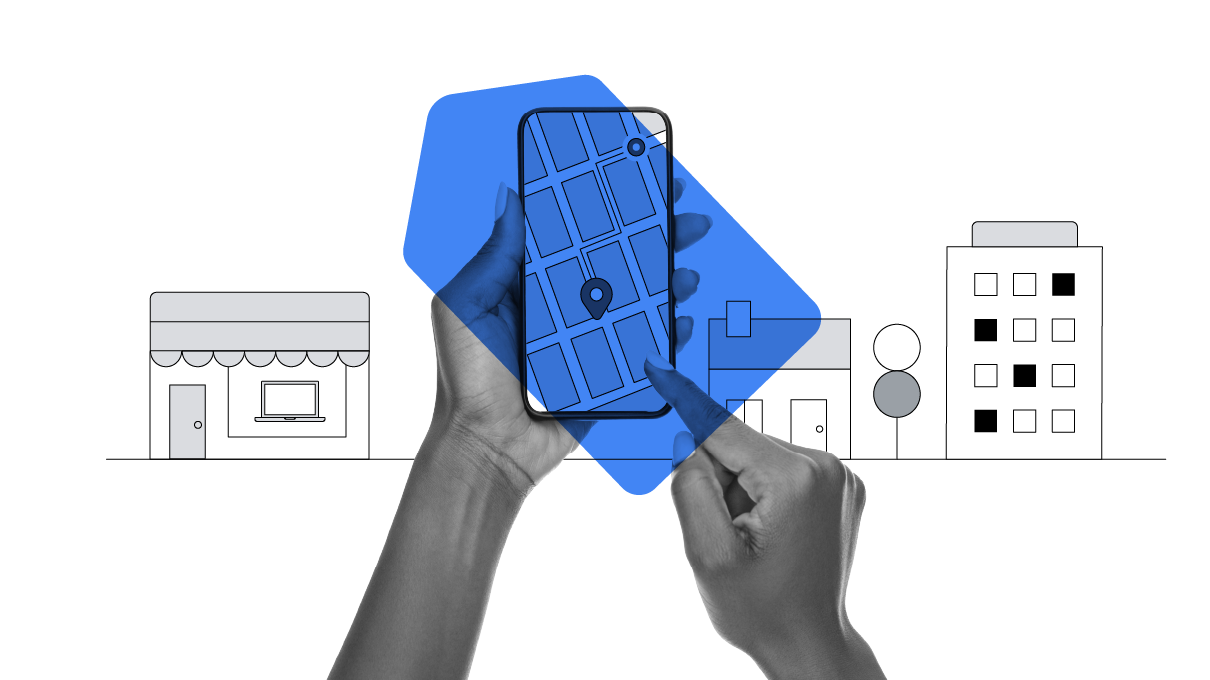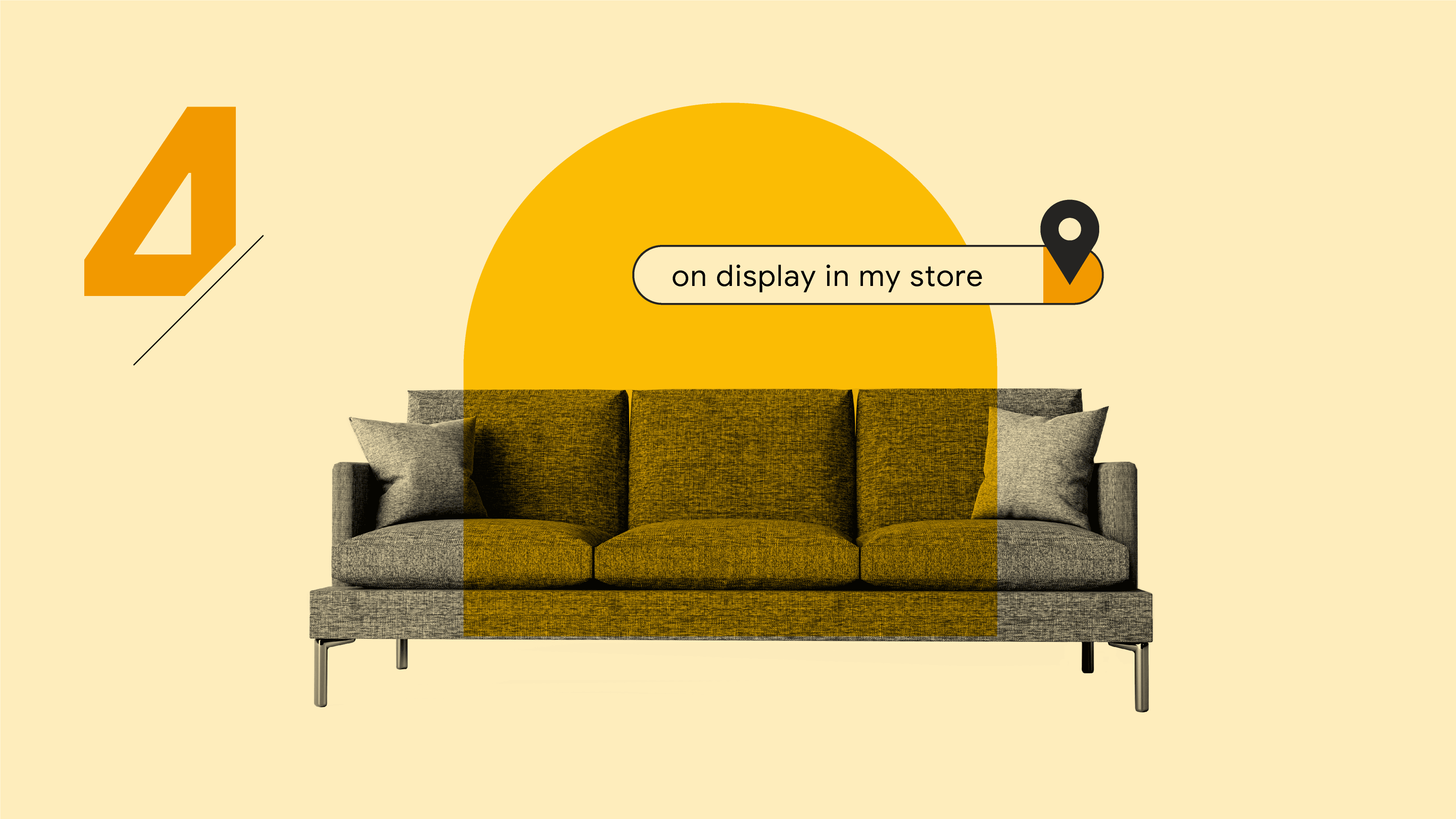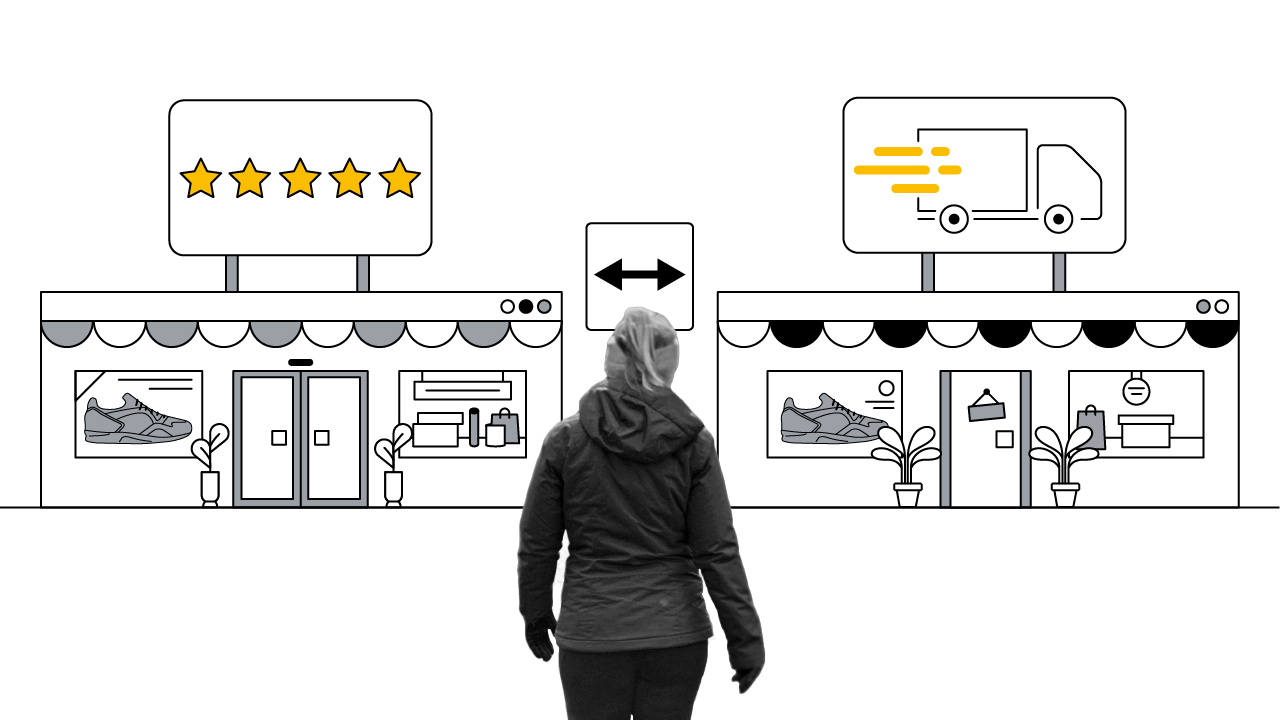With ecommerce sales in Western Europe increasing by almost 50% in the last 4 years alone, it's easy to assume the battleground for retailers is happening on-screen rather than in-store. But according to new research by Google and ecommerce consultancy Practicology it seems things aren’t quite so clear cut.
While delivering a great customer experience is certainly key to winning hearts, minds, and wallets, Europe’s most successful retailers are taking things a step further: combining both their digital and physical store offerings in ways their customers love.
To evaluate the omnichannel customer experiences of 223 retailers across 10 European countries, the research grouped retailers into four categories by score1: Leaders, Followers, Majority, and Latecomers. Doing so allowed us to identify where the big differences are in terms of performance, and spot new best practice approaches that other retailers can learn from.
Just 11% (25) of the retailers in the study are regarded as Leaders when it comes to the experience they offer — and most of these are concentrated in the UK, France, and the Netherlands.
And almost 80% of the retailers in the study offer experiences that fail to meet the expectations of today’s curious, demanding, and impatient consumers.
So what can retailers learn from the five key approaches that Europe’s Leaders are taking to deliver exceptional customer experiences?
1. They’re using in-store technology to integrate the online and offline experience.
Top retailers are 3.5 times as likely to provide barcodes, QR codes, NFC (near-field communication), or beacons in-store to allow customers to obtain more product details. They’re also twice as likely to have in-store kiosks or other digital devices that help connect online and offline experiences.
2. They promote their online proposition in-store and make it easy for customers to collect online orders.
Leading retailers are 90% more likely to clearly sign-post where their click and collect area is located in their stores. They’re also 65% as likely to use their physical stores to clearly promote their online shop.
3. They use their websites to promote in-store events or offers that encourage customers into physical stores.
Top retailers are 3.5 times more likely to promote special in-store events or offers on their website. In comparison, just 11% of non-leading retailers do a good job promoting in-store events or offers on their website.
4. They remove friction so customers can move seamlessly between channels and devices.
Europe’s leading retailers are 80% more likely to offer gift cards that can be bought and redeemed both online and in-store. They’re also 60% as likely to offer wish lists that sync across all devices, based on a customer’s account.
5. They offer next-day delivery and set expectations for how quickly customers can receive or collect online orders.
The best-performing retailers are 1.6 times more likely to offer next day delivery for at least some online orders. The frontrunners are also 1.4 times more likely to be upfront with expected delivery or collection times, by including them on product detail pages.
The long road to transformation
Our top-performing retailer, Decathlon, is a great example of a business that’s reaping the rewards by incorporating many of the five key approaches highlighted in this article.
Their omnichannel customer experience scores of 79% and 74% in Spain and France were achieved through a range of tactics, such as using in-store kiosks so customers can access product information, check availability, and connect the online and offline experience.
Online services and other propositions are also clearly promoted throughout their stores, and the website lets users set personal preferences like their favourite sports or interests. Last but not least, Decathlon’s store locator page is clear and easy to use, with detailed information.
Very few of Europe's top retailers are classed as customer experience 'Leaders', like Decathlon, which shows just how tricky the transformation process can be.
For your organisation to succeed, you’ll need buy-in from across the business. Creating a truly omnichannel customer experience requires a mind-shift throughout the whole company. It also calls for people and departments to collaborate closer around shared goals.
The Grow My Store tool can be a useful place to start, as it will help you pinpoint where the main customer pain points are on your website and what steps you can take to improve them.







